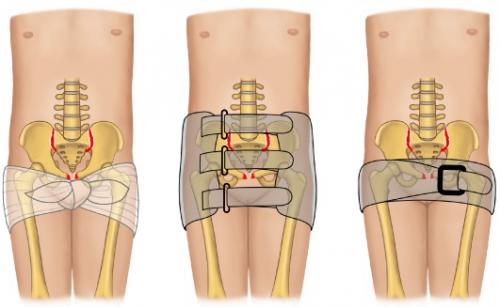Just going over some study questions and i got a question wrong regarding most blood loss in a fracture.
I chose Pelvic fracture, but the answer was femur, but when i looked into it i found out a femur loses 1000 ml blood
Pelvic fracture said up 1500 ml of blood loss, which i confirmed from my textbook. I thought maybe i misread and it said blood held in the pelvic bones but nope, it said a pelvic fracture can cause 1500ml of blood loss.
so im curious why would femur be right, or what the NREMT would expect for an answer..
Another question is regarding pelvic fractures, what is the best method of splinting them? Spinal board for rapid transport or something like a pelvic splint/sheet?
thanks.
I chose Pelvic fracture, but the answer was femur, but when i looked into it i found out a femur loses 1000 ml blood
Pelvic fracture said up 1500 ml of blood loss, which i confirmed from my textbook. I thought maybe i misread and it said blood held in the pelvic bones but nope, it said a pelvic fracture can cause 1500ml of blood loss.
so im curious why would femur be right, or what the NREMT would expect for an answer..
Another question is regarding pelvic fractures, what is the best method of splinting them? Spinal board for rapid transport or something like a pelvic splint/sheet?
thanks.
Last edited:

